Hierarchy in Nature:
Hierarchy in nature is a system of graded organization in which different grades are ranked one above the other. Three types of hierarchy are recognized in nature: physical, biological, and ecological.
(1) Physical Hierarchy- The smallest structural units of the living and nonliving are protons, neutrons, and electrons. These combine to form atoms. The atoms are organized into molecules which, in turn, join to form chemical compounds. In the nonliving world, the molecules and compounds are aggregated to produce complex compounds, colloids, mixtures, and crystals. Beyond this, the organization is absent in the nonliving world.
(2) Biological Hierarchy- It begins with the cell. A cell is the smallest living unit containing all the necessary machinery for carrying on life functions. Thus, the cell is regarded as the basic structural and functional unit of life. Cells undergo differentiation and specialize to perform different functions. Cells with similar functions organize to form a tissue. Different types of tissues together form an organ. The organs organize to form an organ system. All the organ systems together form an organism.
Thus, at each level, there is an exchange of materials between the unit and its environment, and each level of organization is more complex than the lower one.
(3) Ecological Hierarchy- An organism is the smallest unit of ecological hierarchy. Orgnsims form groups and interact to form still more complex levels of organization which constitute an ecological hierarchy.
All members of one species living together in the same area make up a population. The populations of organisms that inhabit a particular area and interact with other similar groups form a community. A community together with its living and non-living environment is referred to as an ecosystem. The largest ecosystem is planet Earth which is called the biosphere or ecosphere.
(A) Organism- An organism has the following characteristics:
- Individual organism represents the highest level of biological hierarchy.
- It is the basic unit of ecological hierarchy.
- In an organism, the cells, tissues, organs, and organ systems are organized into a functional whole. It performs all the life processes in its body independent of all other living beings.
- The organisms have a distinct identity and are easily observable units. These may occur as individual organisms (solitary) and or may be organically connected with one another forming a group or colony (colonial) as in sponges and corals.
- These may be unicellular or multicellular.
- Organisms can not survive in strict isolation. These derive matter and energy for their survival from their surroundings.
- Therefore, organisms are fully adapted to their environment.
- Organisms have a fixed life span and an organized life cycle with a definite beginning (birth), followed by growth, maturity, and old age, and then end (death).
- New organisms arise from the pre-existing organisms of their kind through reproduction. The reproduction may be vegetative, asexual, or sexual.
- Each organism ensures continuity of race through the transmission of characters from parents to the offspring through reproduction.
- The offspring resemble their parents closely.
(B) Population- A population is a group of individuals or organisms of the same species living together in a particular locality or geographical area at a particular time. For example, earthworms of your school lawn, frogs of a given pond, water hyacinth plants (Eichhornia) in a given pond, or lions of Gir forest are all examples of different populations. Different populations of the same organisms living in different geographical areas are called local populations or demes. When members of a local population or geographical area are adapted genetically to their environment, they form an ecotype.
(C) Species- All the populations or geographical races of the same kind of organisms form a species. The individuals of a species show morphological similarities and are also able to interbreed to produce fertile offspring. Species is regarded as the basic unit of classification and populations are its subunits.
(D) Biotic Community- The assemblage of all the populations of different species living in a particular area and interacting with one another in various ways form a biotic community (i.e. it is an actively interacting group of organisms of different species living together in a given area and form a self-sustained unit). A biotic community is also called biocenose. Its plant populations form plant community, animal populations form animal community, and microbes form microbial community. A forest is an example of a biotic community.
(E) Ecosystem- A natural, self-sufficient unit of the biosphere comprising a biotic community and its abiotic physicochemical environment represents an ecosystem. It means the ecosystem has two components:
- living part or the biotic component.
- nonliving or physical part or the abiotic component.
A pond represents a good example of an ecosystem. Even an aquarium and spaceship are also complete ecosystems.
A geographical area with uniform conditions for life is called a biotope.
(F) Biosphere or Ecosphere- All the ecosystems of the world together form a biosphere. Land, air, and water along with their biotic communities are three biospheres. These are called lithosphere, atmosphere, and hydrosphere respectively.

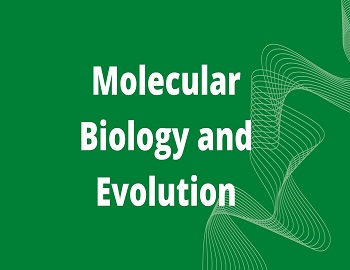
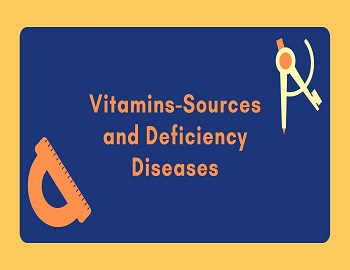

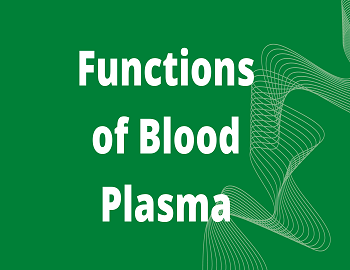


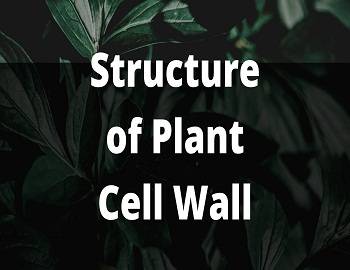
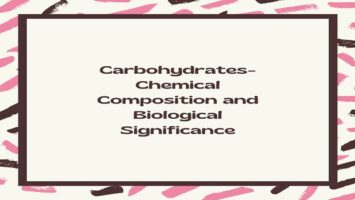
Comments (No)